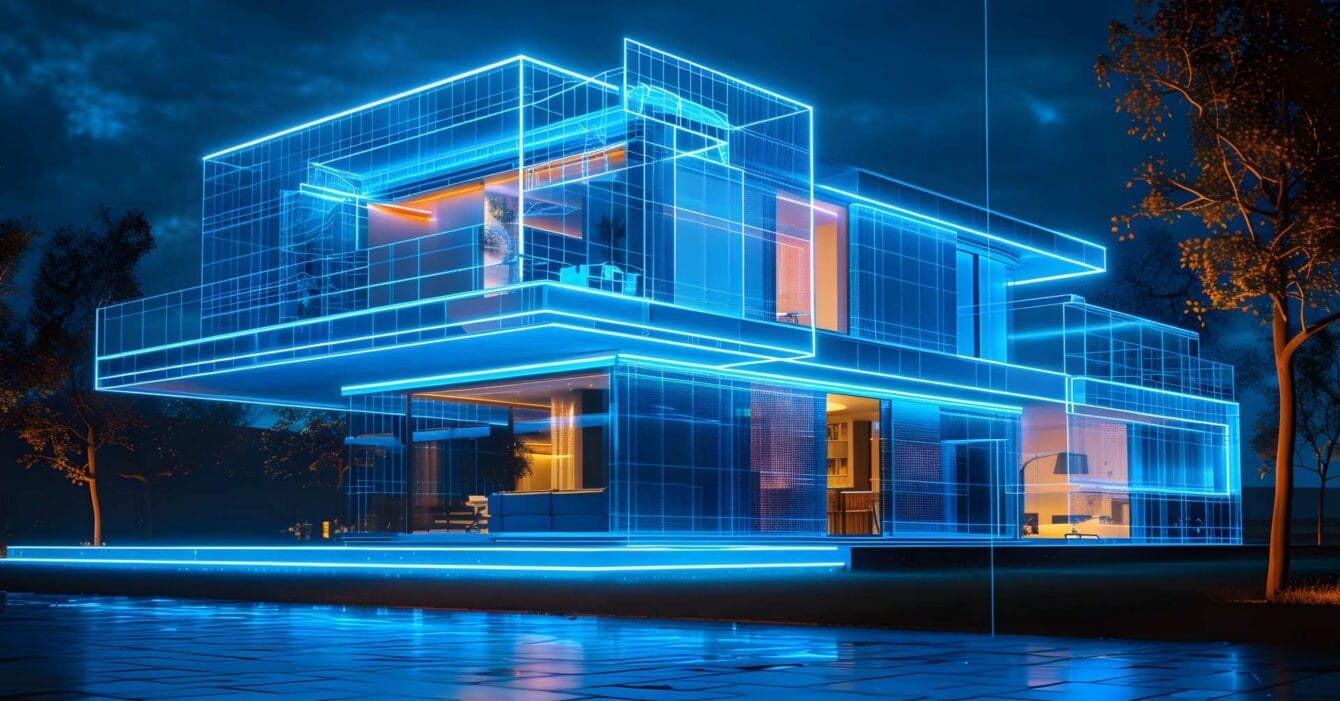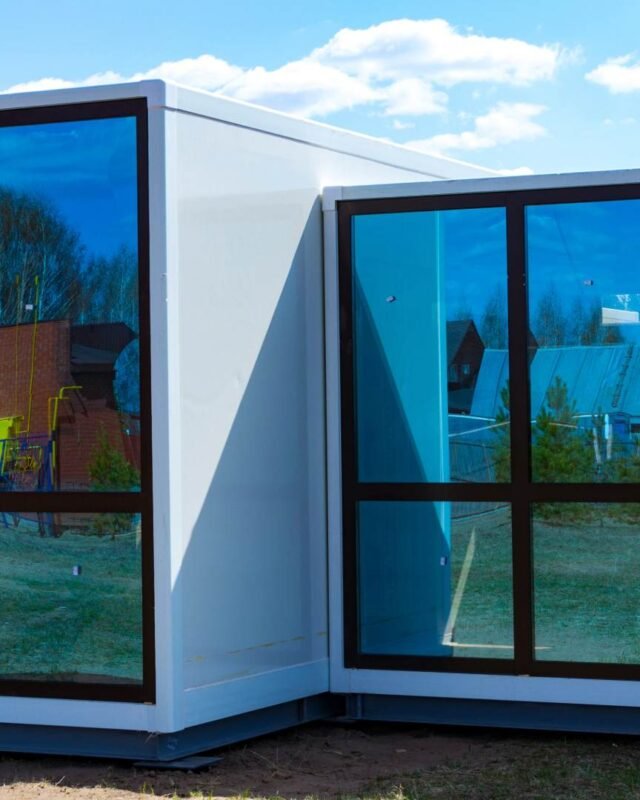Surge in Residential Construction Projects Across Saudi Arabia
Saudi Arabia is currently experiencing an unprecedented boom in residential construction projects, a pivotal step toward achieving the ambitious goals outlined in Vision 2030. This initiative seeks to boost homeownership rates from 63.7% to 70% by 2030, requiring the construction of 115,000 homes annually for the next six years. The surge in Saudi Residential Projects is driving substantial transformations in the property market while stimulating economic growth.
Increasing Demand from Household Formation
The growing population, particularly driven by household formation from marriage, is a major factor fueling the demand for Saudi Residential Projects. Projections suggest that of the 825,000 homes planned by 2030, approximately 65% will be required to meet this demographic shift, with the remaining 35% aimed at raising the homeownership rate. Urban centers like Riyadh have become focal points for development, as rising economic activity drives housing demand in the capital.
Skyrocketing Property Values in Riyadh
Riyadh, Saudi Arabia’s bustling capital, is witnessing significant property value increases as demand outpaces supply. Over the past three years, apartment prices have surged by 62%, and villa prices have seen a 37% rise. This trend underscores the need for strategic interventions to ensure housing remains accessible to middle- and low-income families amidst the property market boom.
Government-Led Housing Initiatives
The Saudi government has implemented various strategies to address the growing demand for housing and expand affordability. One notable initiative is the Sakani program, which has facilitated over 800,000 housing contracts through reduced payment schemes, mortgage guarantees, and loan subsidies. Future phases of Sakani aim to further improve affordability while incentivizing developers to diversify housing options for residents.
Additionally, the government has formed partnerships with private and international stakeholders to tackle supply-side challenges. For instance, agreements with Egypt’s Talaat Moustafa Group aim to deliver 27,000 homes, while collaboration with China’s CITIC Construction Group is set to establish an industrial city for construction materials. These efforts reflect Saudi Arabia’s commitment to fostering collaboration to scale up housing construction.
Economic Impact of Residential Construction
The impact of Saudi Residential Projects extends beyond the housing sector, driving growth in non-oil economic activity. Residential construction spending has risen from 5.5% to 8.5% of non-oil GDP, showcasing the sector’s contribution to economic diversification—a cornerstone of Vision 2030. Initiatives like Etmam streamline project approvals through online platforms, expediting construction timelines and enhancing resource efficiency.
NEOM: A Catalyst for Housing Development
Saudi Arabia’s ambitious NEOM megaproject further exemplifies the nation’s housing expansion strategy. Covering 26,500 square kilometers, NEOM is poised to house nine million residents and features cutting-edge urban developments and industrial zones. This landmark initiative not only attracts global investors but also positions Saudi Arabia as a hub for technological innovation and urban sustainability. NEOM’s residential projects play a key role in addressing the country’s housing demand while fostering long-term economic stability.
Challenges and Opportunities Ahead
Despite the rapid progress, the market faces challenges in meeting annual housing construction targets. Supply shortages remain a critical hurdle, requiring continuous investment and innovation. By leveraging programs like Sakani and initiatives such as Etmam, Saudi Arabia is working to address these challenges while ensuring inclusive growth.
As the nation accelerates its residential construction efforts, Vision 2030 is not only reshaping the housing market but also driving societal and economic transformation. With a clear focus on sustainability, accessibility, and diversity, the Kingdom is paving the way for a prosperous future powered by its expanding urban landscape.
Also Read: Global Trade Rises with Saudi Infrastructure Boom



